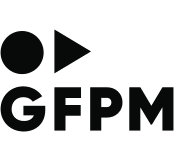2. Platz: Der Einfluss des Magnettonbandes auf die populäre Musik (und vice versa) oder: Shaping the "Sound" of Music
Abstract
At the time, when notation as an organizing and structuring medium of music resp. the gramophone record as the definitive medium of sound recording was the norm, it seemed almost utopian, that sounds in themselves, in their extensive form of appearances, not only could be recordable, but that it became possible to get access to them as material and that as a result the term »sound« became a central aesthetic category in the analysis and discourses of popular music. The development of sound concepts in the recording studio and the fact, that nowadays sound is seen as an aesthetic category, has its crucial origin in the introduction of the magnetic tape to sound recording in the beginning of the 1950s. The possibility of (physically) manipulating the tape and thus having direct access to the materiality of
sound, did not only result in a more creative way of working with music, but led also to individual sound concepts of the record studios. To look into this development and to not only demonstrate what kind of (aesthetical) impact the magnetic tape had on popular music and can be found as a medium within the music itself, but also vice versa to analyse, if — and potentially to what extend — the music had an impact on this technical medium resp. the ways in which it was used and further developed, is the object of this article. So this is not only about the materiality of sound, but also about music as a material and about demonstrating, that the history of popular music can resp. needs also always to be told as a history of its underlying media and vice versa.





